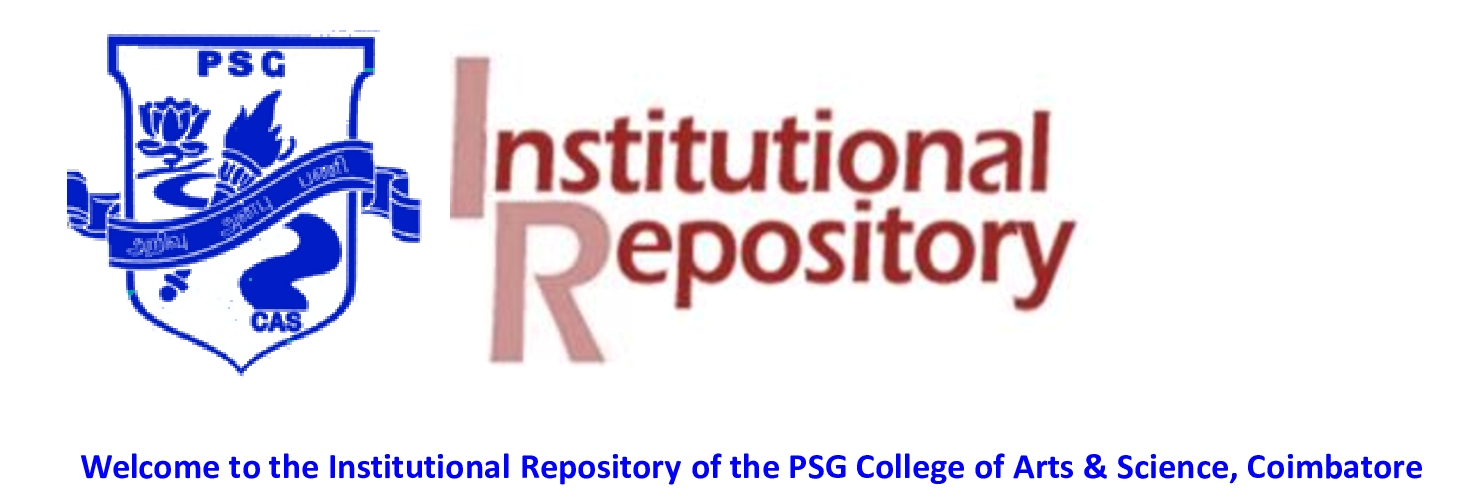Vivekanandan Krishnaswamy Ezhilan (2025) Lichenomics: Exploring bioactive compounds with anti-tumor potential in colon cancer cell lines. Lichenomics: Exploring bioactive compounds with anti-tumor potential in colon cancer cell lines, 7. ISSN 2950-1946
Lichenomics.pdf - Published Version
Download (11MB)
Abstract
Lichens, a diverse group of Ascomycetes within the major fungal phylum Lecanorales, include various forms such
as Crustose, Foliose, Squamulose, and Fruticose, with the latter being the most common photobionts. This study
aims to provide novel in-sights into the extraction and acquisition of bioactive compounds from lichens,
emphasizing their potential for future advancements in analytical techniques. This research highlights the
pharmaceutical potential of secondary metabolites from lichens, with a focus on GC-MS analysis, which iden
tified 80 compounds belonging to various functional groups. Many lichens have demonstrated bioactive prop
erties, including novel drug candidates such as Falcarinol, Oleic Acid methyl ester, Benzoic acid, 2,4-dihydroxy-
3,6-dimethyl, Glycerol 1-palmitate, Guanosine, 2(3 H)-Furanone, 3-butyldihydro, Eudesma-5,11(13)-dien-8,12-
olide, Phthalic acid butyl undecyl ester, Phthalic acid ethyl pentadecyl ester, Tridecanoic acid 12-methyl methyl
ester, Undecanoic acid 10-methyl methyl ester, Aromandendrene, Dodecahydroacenaphthylene, 3-Bromo-7-
methyl-1-adamantanecarboxylic acid, Estra-1,3,5(10)-trien-17β-ol, 3-Methoxy-5-propylphenol, and Phenol.
Consequently, P. aurata and P. reticulatum exhibited the highest antimicrobial activity, effectively inhibiting
bacterial strains such as E. coli, K. pneumoniae, and S. aureus, particularly in terms of zones of inhibition.
Additionally, the lichen extracts showed notable anti-tumor effects against HT-29 colon cancer cells, demon
strating a clear dose-dependent response for (10 mg/mL). Novel scientific methodologies involving biological
entities have significantly contributed to a deeper understanding of lichenology. The research hypotheses are: (a)
the collection of higher fungi, selective isolation of lichens, in vitro culture, and conservation; (b) extraction of
lichen secondary metabolites and GC-MS analysis using innovative bioactive techniques.
| Item Type: | Article |
|---|---|
| Additional Information: | journal homepage: www.sciencedirect.com/journal/the-microbe |
| Uncontrolled Keywords: | Keywords: Lichens Gas Chromatography-Mass Spectrometry Antimicrobial Anti-tumor HT-29 Colon Cancer Cell Line |
| Divisions: | PSG College of Arts and Science > Department of Microbiology |
| Depositing User: | Dr. B Sivakumar |
| Date Deposited: | 29 Sep 2025 08:41 |
| Last Modified: | 29 Sep 2025 08:41 |
| URI: | https://ir.psgcas.ac.in/id/eprint/2446 |

